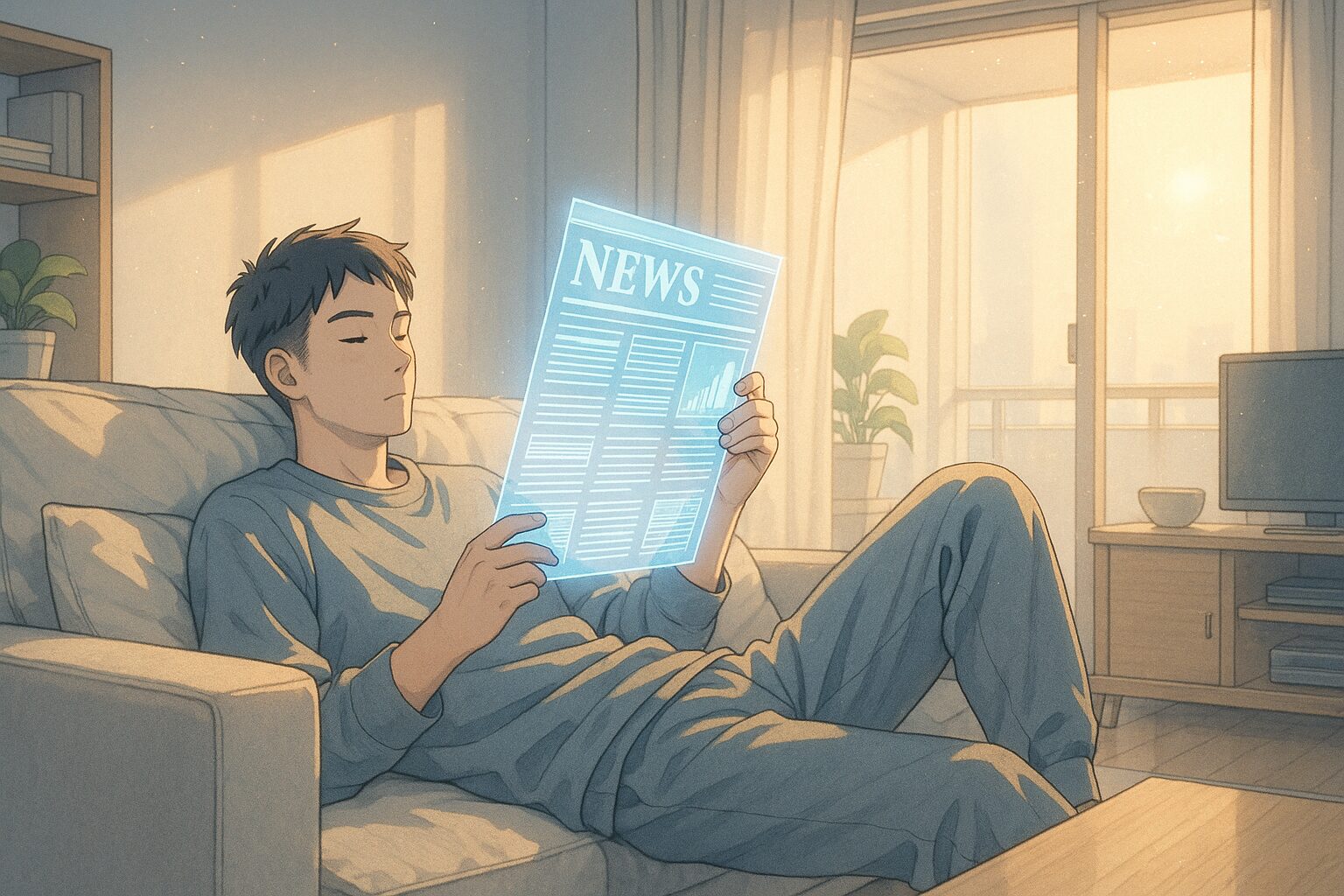A Future Where the Borders of the World Are Redefined?
As international relations are constantly changing, the position and role of borders are being reconsidered. In this news, India is advancing a trade agreement with China despite Nepal’s opposition, while the construction of border fences in West Bengal is underway. If this trend continues, how will the role of borders change?
1. Today’s News
Source:
https://www.thehindu.com/news/morning-digest-august-21-2025/article69957895.ece
Summary:
- India is advancing a trade agreement with China despite opposition from Nepal.
- The West Bengal state government has provided land to the BSF (Border Security Force) for the construction of border fences.
- Additionally, infrastructure development around borders is also ongoing.
2. Considering the Background
Border issues have historically been deeply related to national sovereignty, security, and economic activities. Especially in Asia, there are many disputes over borders, and their importance increases with economic development. The current focus on this issue is due to the rising economic dependence between nations as globalization progresses. In our daily lives, borders are one factor that affects the distribution of goods and travel.
3. What Does the Future Hold?
Hypothesis 1 (Neutral): A Future Where Border Management Becomes the Norm
Border management may be strengthened, and topics such as border security and trade agreements could become everyday discussions. Negotiations between nations might occur more frequently, and citizens will become more sensitive to information about borders. This could make international news more relevant to daily life and promote international understanding.
Hypothesis 2 (Optimistic): A Future Where Inter-regional Cooperation Develops Significantly
Borders may become more open, and cooperation between nations may expand, leading to economic prosperity. Trade and travel could become easier, and cultural exchanges between regions could become more active. Consequently, intercultural understanding and international friendship might deepen, resulting in a society that respects diversity.
Hypothesis 3 (Pessimistic): A Future Where Borders Stand as Barriers
On the other hand, borders might symbolize division between nations and cause security and economic issues. There could be an increase in border disputes and a rise in anxiety among citizens. In such a scenario, conflicts between countries could deepen, leading to stagnation in international relations.
4. Tips on What We Can Do
Thinking Tips
- Consider things from a borderless perspective.
- Maintain a posture of deepening understanding of international issues.
Small Practical Tips
- Participate in cross-cultural exchange events.
- Regularly check international news and share information.
5. What Would You Do?
- Would you take an interest in border issues and follow daily news?
- Would you deepen international understanding through cross-cultural exchanges?
- Would you express your opinions on international issues on social media and broaden discussions?
What kind of future do you envision? Please share with us through social media quotes or comments.









